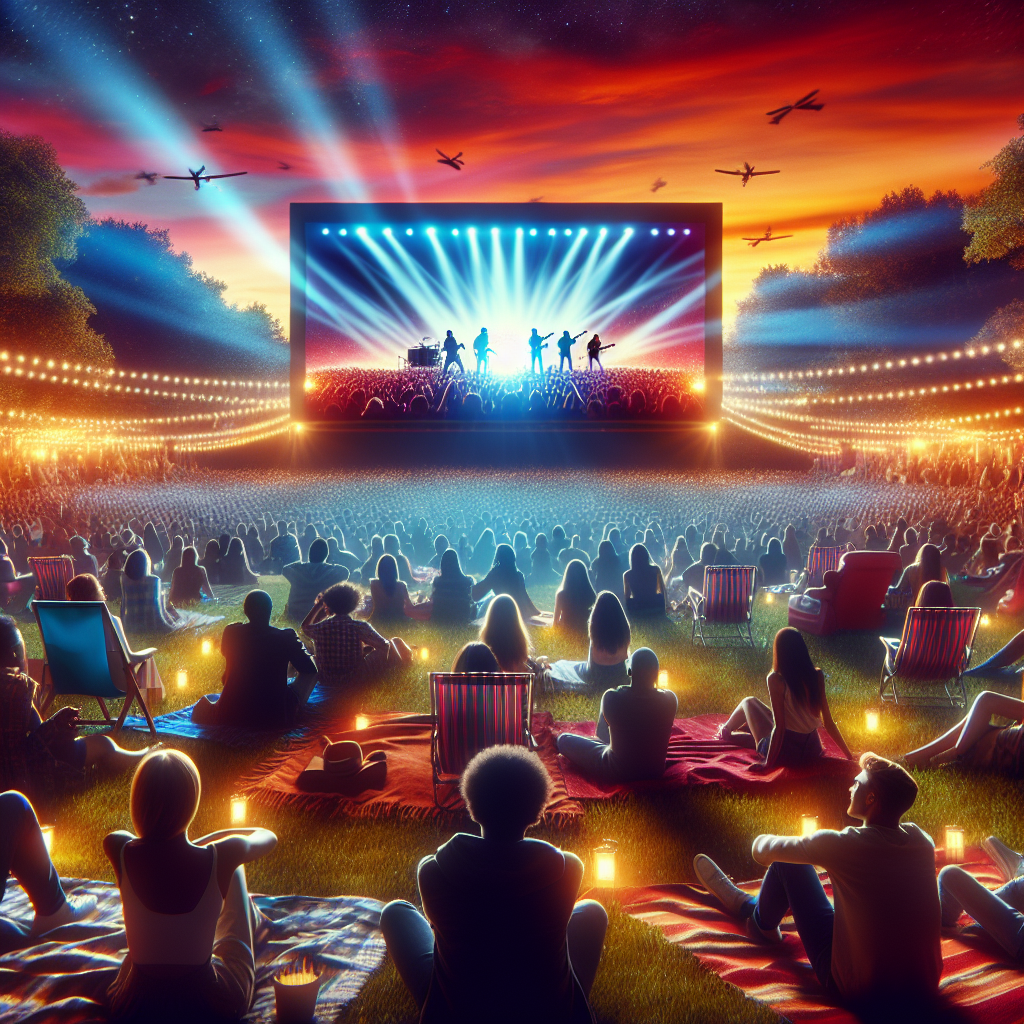In recent years, there has been a noticeable resurgence in the popularity of live concert films, a trend that marries nostalgia with modern technology to offer unique cinematic experiences. This revival is not just about reliving classic performances but also involves a new wave of artists and technologies that enhance the way fans experience music.
Revival Driven by Nostalgia and Technology
One of the key reasons why live concert films are coming back in style is the growing sense of nostalgia. Older generations are eager to relive their youth, while younger audiences are curious about iconic performances from before their time. This demand has led to the re-release of classic concert films in theaters and on streaming platforms, often remastered to improve picture and sound quality.
Moreover, advancements in sound engineering and video technology have significantly enhanced the viewing experience. High-definition audio and visuals bring viewers closer to the feel of a live performance, making these films more appealing than ever. The use of virtual reality (VR) and other immersive technologies has also begun to play a role, offering fans a front-row seat to concerts from the comfort of their homes.
Impact on the Music and Film Industries
The rise of live concert films has had a profound impact on both the music and film industries. For musicians, these films represent a new revenue stream and a powerful marketing tool. They offer artists a way to extend the lifecycle of a concert tour and reach global audiences who may not be able to attend live shows. For the film industry, concert films provide fresh content that can draw in diverse audiences, including those who might not typically visit movie theaters.
A Cultural Shift in Music Consumption
The current trend also reflects a broader cultural shift in how music is consumed. Fans today desire more than just audio tracks; they seek an all-encompassing sensory experience that live concert films can provide. This shift is evident in the popularity of documentary-style concert films, which offer behind-the-scenes content and a closer look at the artists’ lives and creative processes, thereby creating a deeper connection between the artist and the audience.
In conclusion, the resurgence of live concert films is fueled by a blend of nostalgia, technological advancements, and a deeper, more immersive approach to music consumption. As technology continues to evolve and artists look for new ways to engage with fans, live concert films are likely to remain a significant cultural phenomenon.


